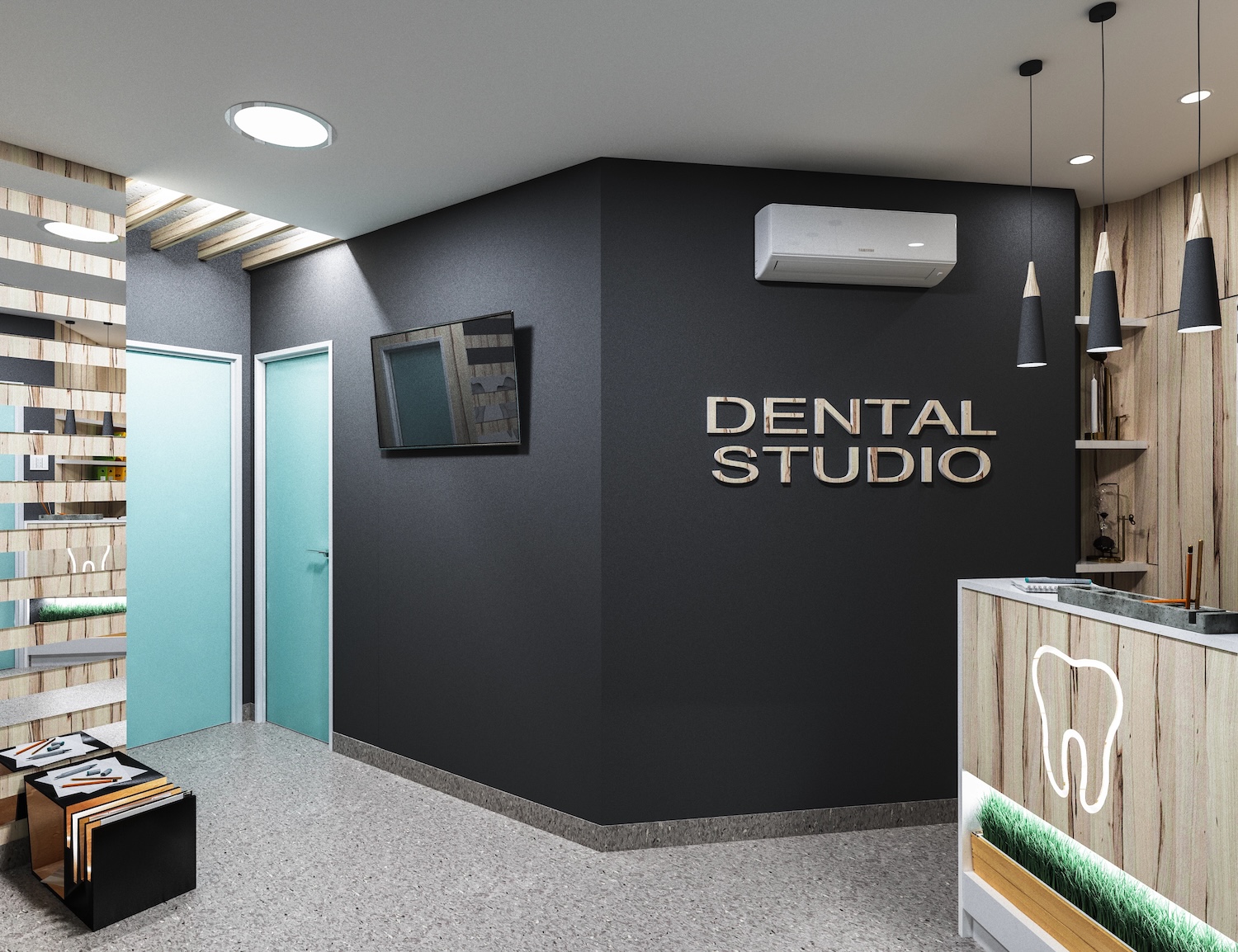Key Takeaways
- Most lease terms are negotiable, including the advertised lease rate, tenant improvement allowances, and even free-rent periods during startup or expansion.
- Understanding market standards for rent escalations and operating expenses helps dentists avoid paying above-market rates over the life of a long lease.
- Start renewal planning at least a year in advance to maintain leverage and explore whether better locations or terms are available.
- Tenant improvement allowances may be available at renewal, not just for new leases, giving dentists an opportunity to refresh worn or outdated spaces.
- Real estate decisions directly impact profitability, cash flow, equipment upgrades, hiring, and overall practice growth, making them a strategic priority for dental owners.
In a recent episode of Beyond Bitewings, Ash spoke with real estate expert Luke Oyler with Carr about what dentists should consider when choosing a practice location, negotiating a new lease, or preparing for a renewal. Because real estate is one of the largest ongoing expenses for a dental practice, understanding how leases work—and what’s negotiable—can make a significant impact on long-term financial performance. The conversation offered a number of practical insights that can help dentists approach these decisions with greater confidence.
One of the biggest takeaways: the “sticker price” on a lease is rarely the final number. Many dentists don’t realize that advertised lease rates, tenant improvement allowances, and even free-rent periods are often negotiable. As Luke explained, the cost to build out a dental office can range widely by market, and negotiating a tenant improvement allowance can help offset those expenses. Similarly, asking for a period of abated rent after opening can give a new or expanding practice time to generate revenue before taking on full lease payments. These kinds of details can add up to major savings over a 5- or 10-year term.
The episode also emphasized the importance of understanding market standards, especially when it comes to annual rent increases and operating expenses like triple-net charges. In some areas, landlords may push escalations that are higher than normal for that market, and without a clear benchmark, dentists may assume those terms are typical. Knowing what is standard helps ensure the practice isn’t absorbing unnecessary long-term costs that affect its ability to invest in equipment, staff, or future growth.
Another key tip: start planning well before your lease expires. Many landlords approach tenants only a few months before renewal, which leaves little time for dentists to explore other options. The result is that the landlord has more leverage, and the tenant has fewer choices. Beginning the process at least a year in advance helps dentists compare available spaces, understand how the market has changed, and enter renewal discussions with stronger negotiating power, even if the goal is ultimately to stay in the same location.
Finally, the episode touched on a lesser-known point: tenant improvement allowances aren’t just for new leases. Some landlords are willing to help refresh an existing space at renewal, especially if the practice has been a stable tenant. Updates like flooring, cabinetry, or lab areas can be part of the conversation and may help modernize the office without a full relocation. Considering these possibilities early gives dentists more flexibility and more control over shaping the practice environment they want for their patients and team.
These insights serve as a reminder that real estate decisions are more than logistics; they’re strategic business choices that influence daily operations, profitability, and the overall patient experience. To continue learning from experts who support dental practices every day, be sure to subscribe to Beyond Bitewings and explore more of our conversations about the business side of dentistry.




